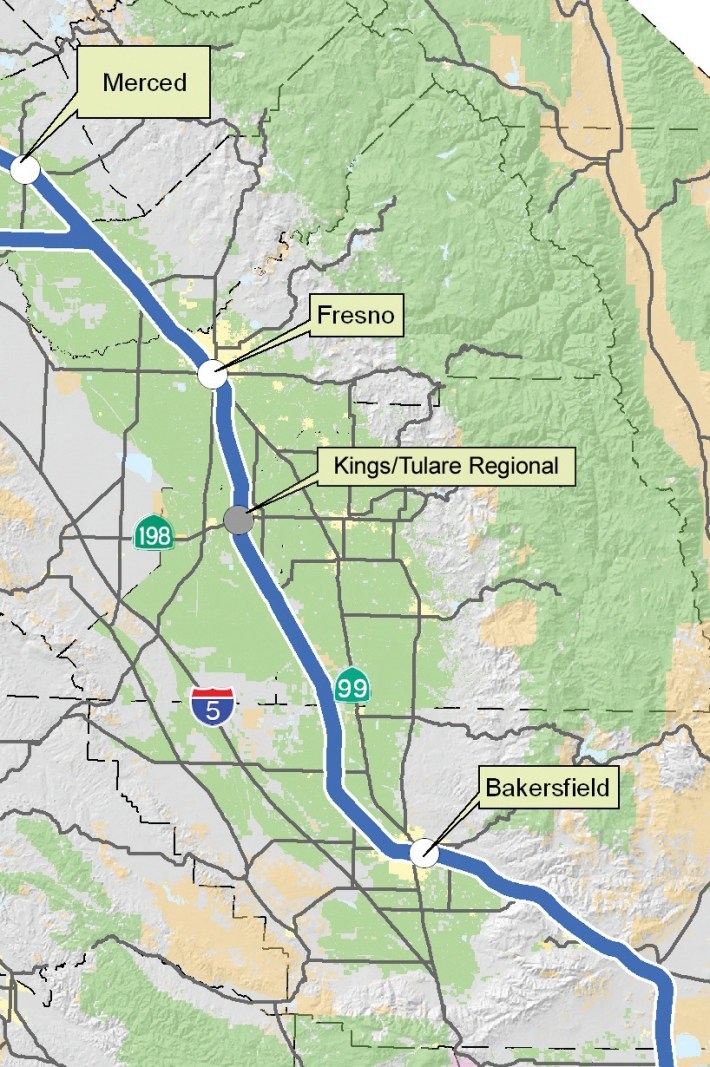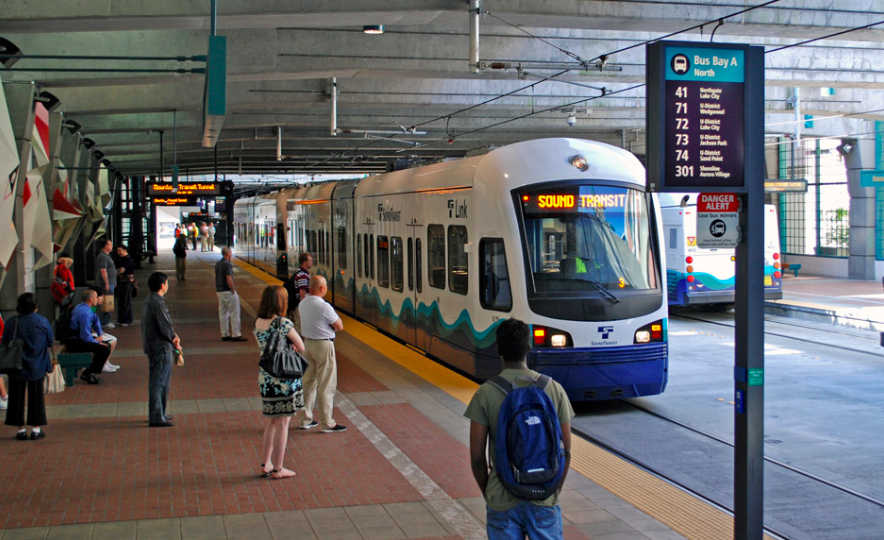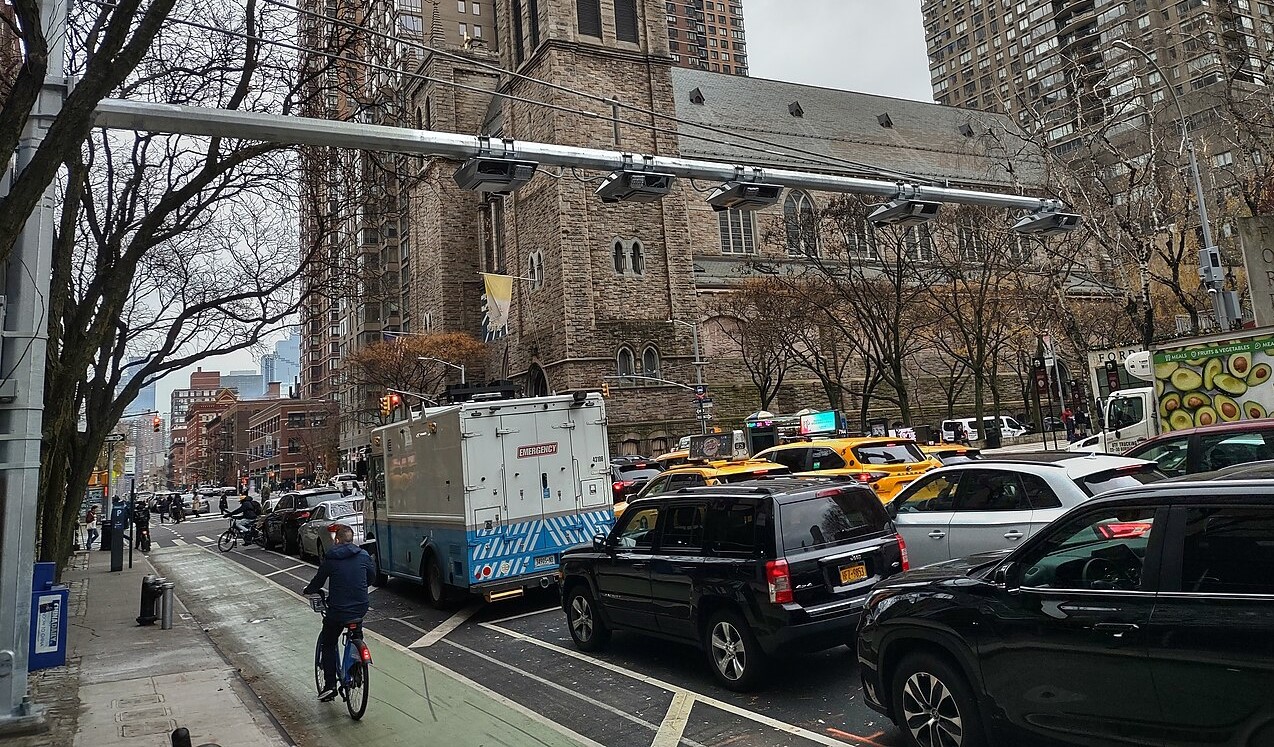Yesterday, for the second time in as many weeks, the House T&I committee held a hearing on the benefit-versus-boondoggle high-speed rail debate. Last time, Transportation Secretary Ray LaHood was asked to defend the peppering of high-speed rail grants to projects outside the Northeast Corridor. Yesterday, the topic narrowed to focus just on California's high-speed rail project, whose recently-drafted business plan [PDF] has revised its total construction cost to $98.5 billion through 2033—up from $43 billion though 2020 just a few short years ago.

First to take center stage were the members of the California congressional delegation, whom ranking member Nick Rahall (D-WV) likened to the cast of a reality TV show for “always fighting.” And fight they did: about alignments, the proper location for an initial operating segment, and whether HSR is needed at all.
The committee seemed primarily concerned with three things:
- the choice of the Central Valley as the project’s initial operating segment
- a recent poll showing dwindling public support for the project in its present form, and
- the uncertain availability of funds, given such a dramatic increase in project cost estimates
Regarding the choice of the Bakersfield-to-Fresno initial segment, FRA Administrator Joseph Szabo was unequivocal. “We have a legal and binding obligation to move forward,” he told the committee. “We don’t have the authority to shift these dollars now [to a different segment] and meet the requirements of the law.” He's right: The FRA, in awarding federal money to CA HSR, is executing its duties set forth in laws like the stimulus act, PRIIA [PDF], and others, passed to permit expansion of passenger rail while SAFETEA-LU stuck around.
Assessing the other two fears – dwindling public support and uncertainty of funds – is less straightforward.
Petra Todorovich, director of the rail advocacy group America 2050, told Streetsblog that she sees the uncertainty of funds as the greater threat. “It adds delay to the project, which is one of the reasons that the recent cost estimates were revised upwards,” she said. “If California can accelerate the project, it will cost less money.” And it's a vicious cycle: The more the project costs, the less inclined private investors will be to sign on to the project, and the slower the project will be able to proceed.
Both sides agree that the success of the project depends on finding private capital to fill the growing gap in the up-front costs. The business plan (conservatively) predicts an $11 billion investment from the private sector, but even if all $11 billion were to turn up, Rep. Andy Miller (R-MD) expressed his extreme reluctance to ask his constituents in Maryland to help come up with the remaining balance. If that attitude prevails in the belt-tightening House, private sources have even less incentive to invest, and so the cycle continues. In this way, the entire House hearing could be seen as self-fulfilling.
After all, the hearing was titled "California's High-Speed Rail Plan: Skyrocketing Costs & Project Concerns," leaving no doubt about whether the convening Republicans wanted to paint the project in a negative light. But some said that plan backfired. Thomas Umberg, California High-Speed Rail Authority Chair, told Streetsblog he was gratified that, "While the hearing was called as a critique of the plan, in fact... federal officials, members of Congress, and the Mayor of Fresno strongly defended the plan."
Still, it has plenty of detractors. And with Congress unwilling to commit to CA HSR and the State of California essentially unable to, it’s no wonder popular support has faded. Ray LaHood frequently reiterated in his testimony last week that HSR is “what America wants” (which he said again to a media conference call yesterday) but many skeptics yesterday cited a poll that would indicate otherwise: 59 percent of respondents in California said they would vote against the nearly $10 billion bond issue in Proposition 1A if it were to come up for election today.
Of course, Prop 1A passed by a 5 percent margin in 2008, so what can be done about an “unpopular” use of funds which happened to pass by popular a vote with 80 percent voter turnout? “The voters chose wisely when they voted [to provide] an alternative to the road congestion that is a drag on the state’s competitiveness,” said Todorovich. “For the sake of the state’s economy and quality of life, I hope they can keep the faith.”





